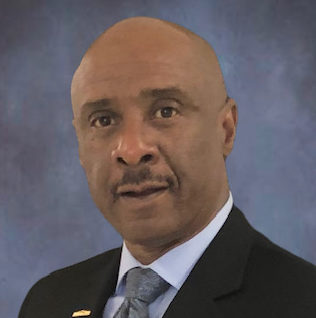Table of Contents
In part two of this interview series, Dr. Kenneth J. Thompson, Chief Information Technology Officer for the San Antonio Independent School District (SAISD), elaborates on information technology’s equity and access component. In addition to equity, Dr. Thompson talks of the importance of incorporating an instructional strategy with IT that brings a collaborative process to the mix. Without a collective process and excellent communication, the integration of new technologies will face limited success.
Part two in a two-part series. View part one here.
Looking Beyond 1:1
Equity and access are better described through the lens of a system-wide “refresh strategy.” It is something that Dr. Thompson emphasizes during conversations with the school board. What is needed for one particular group of learners will differ from another group. The idea of “one-to-one” device adoption, although equal in concept, is not necessarily a conceivable or correct option for all levels of learning and special needs. Dr. Thompson adds, “When I was talking about my refresh strategy here in San Antonio, I looked at K through 3 grades, [and realized] it will not be a true one-to-one. It’s a misnomer to say that I will be putting one-to-one devices on each one of those [students’] hands. Looking at fourth, fifth, sixth grade on up, yes, I will probably have a dedicated device for each of those students. But the device is just one piece in my mind. [Sometimes] it’s equity versus equality.”
Sustainability
It’s the tip of the iceberg, according to Dr. Thompson, and districts are beginning to understand that beyond placing devices in the hands of children, there is a sustainability element of equal importance.
“We get the influx of money. We roll out to a hundred thousand devices, but there is no sustainability plan. Every three years, every four years, and every five years [there needs to be] a refresh. It’s [important to] put the right devices and the right tools [in place] to have a level playing field, but the sustainability helps keep [it] for future generations.”
Along with being technologically proficient, Dr. Thompson and his IT team must actively integrate into the cultural element of the district. The ability to communicate and collaborate with leadership on curriculum and other initiatives is essential. “Every now and then, you get lucky, and you get an IT person, leader, employee who is both technical and knows how to communicate,” says Dr. Thompson. “We will fail every time if we do not collaborate with academic folks, and facility folks, to ensure that we have the infrastructure in place, [including] special needs. We need to ensure that, “Yes, I need a tool, but I need special tools [in order] to have the holistic picture.”
The Importance of Collaborating
Dr. Thompson is excited to move toward more significant change and growth with the training of future information technologists and leaders. His representation at FETC is due in part to a collaboration with the Council of Great City Schools (CGCS), an organization that looks to enhance the education of our nation’s city schools. Dr. Thompson explains, “I have my first cohort with the Council of Great City Schools. We’re building them with FETC. We’re going to develop organizations. There’s a need to have these conversations to understand the technical, as well as soft skills. [It leads to] understanding how to collaborate and reach across the wall. We’re building future leaders, and I’m more than anxious to help and share whatever I can.”
Subscribe to edCircuit to stay up to date on all of our shows, podcasts, news, and thought leadership articles.



